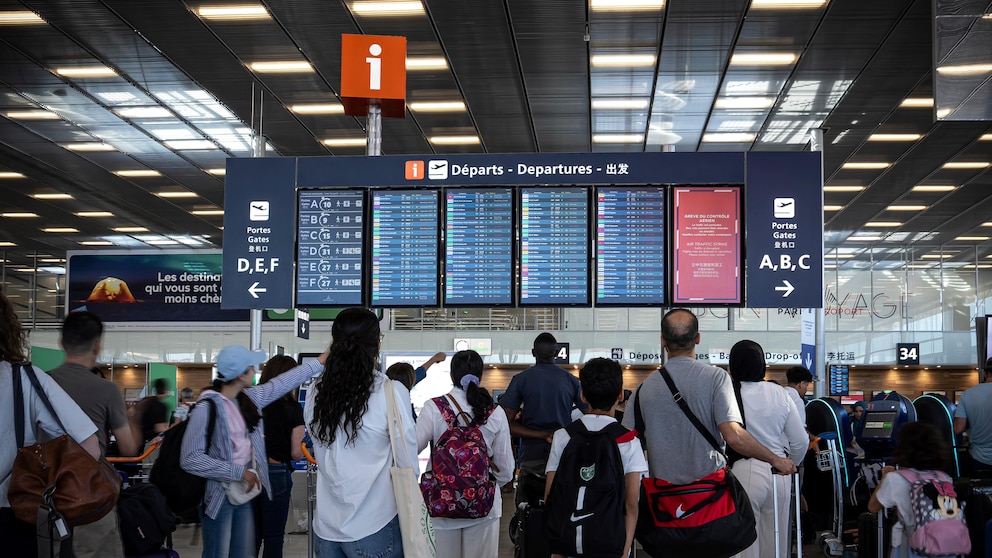Bisola David
A recently released report by the Nigerian Economic Summit Group revealed that the naira was devalued by 14.9% due to inflation, which was brought on by the Central Bank of Nigeria’s plan to redesign the currency.
In its 2023 Macroeconomic Outlook Report titled “Nigeria in Transition: Recipes for Shared Prosperity,” the NESG made this statement.
The paper discussed the country’s inflation problem and listed the main causes of inflation.
A further breakdown of the figures for inflation revealed that Food and Core inflation averaged 20.6 percent and 15.8 percent, respectively, in 2022. Nigeria was significantly dependent on imports for its manufactured and industrial intermediate goods, which meant that the country was always under the influence of global inflationary pressure.
Domestically, a mix of demand-pull and cost-push variables served as major contributors to the increase in the general price level. These include a lack of industrial inputs, instability, decreased agricultural productivity, high fuel prices, logistical issues, an increase in VAT, rising energy (electricity) costs, and a lack of foreign exchange.
“Because the demand for necessities is relatively inelastic, or that the change in demand is relatively unresponsive to the change in price, many businesses transferred additional production costs to consumers, leading to higher overall prices for goods and services, particularly food,” says the report.
The report also stated that at the end of the year, the purchasing power of N1000 in January 2022 had decreased to N851.
Rising inflationary pressures affected households’ purchasing power and access to essentials on the welfare front. As an example, by the end of the year, the purchasing power of N1000 in January 2022 had decreased to N851. According to the research, this condition exacerbates different types of poverty, including financial and non-financial deprivation, and contributes to Nigeria’s multidimensional poverty, which is presently estimated to affect more than 6 out of every 10 Nigerians.
The Investors and Exporters and parallel market rates showed a 2.4% and a 30.01% depreciation in the naira, respectively, according to the NESG.
In 2022, the Naira fell by 2.4% and 30.1% in the Investors & Exporters (I&E) and parallel market prices, to N451 and N745 per US dollar, respectively. As a result, by the end of 2022, the premium (the gap) between the official and parallel markets had grown from N55 (18% of the official rate) at the beginning of the year to N294 (65%).
The CBN’s decision to redesign the national currency, according to the NESG, caused the naira to lose value, particularly in the black market.
According to the article, the Monetary Authority started redesigning the N200, N500, and N1,000 notes in December 2022 to control Naira liquidity. The Naira’s value decreased further as a result of this action in the foreign exchange rate market, particularly the parallel market rate. In addition to the CBN’s currency redesign, additional factors that led to the devaluation of the Naira were the tightening of US monetary policy, which strengthened the US dollar, and the increase in political activity involving the US dollar.
Additionally, it was revealed that the unemployment rate will rise by 37% in 2023, and that the percentage of people living in poverty will likely reach 45%.











